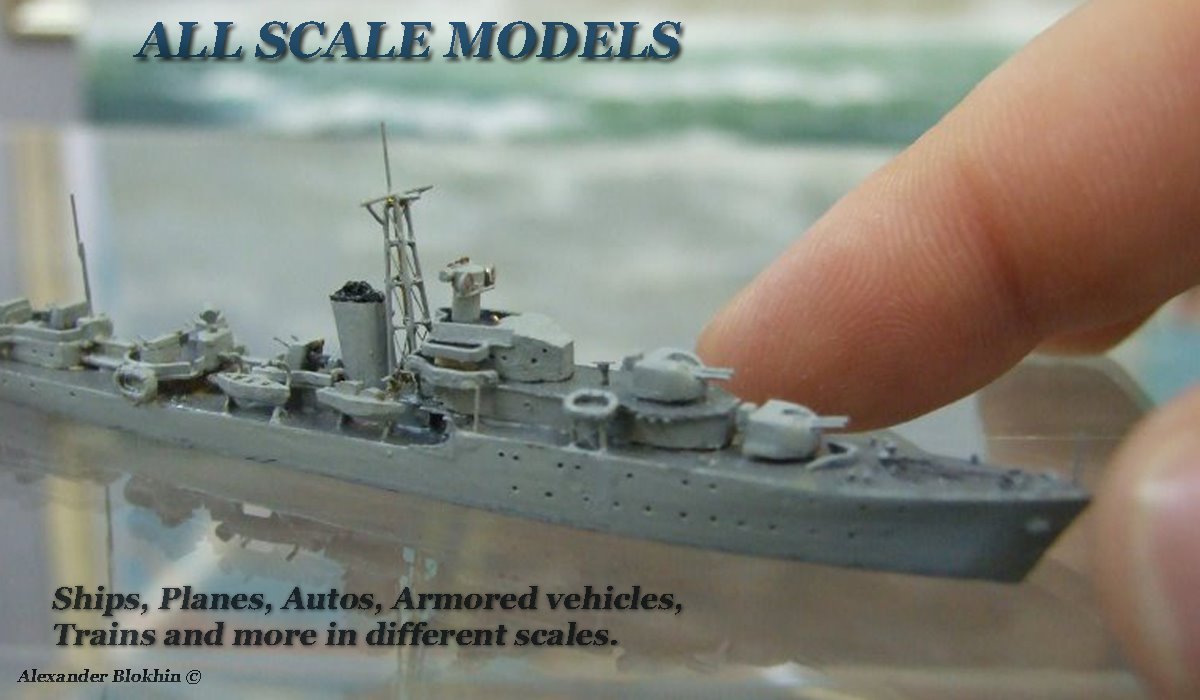1:72
Fujimi
Version -- “THE HUFF” of the 39th FIS flown by Lieutenant Jim Thompson. Korean War, 1952.
The North American F-86 Sabre (sometimes called the Sabrejet) was an American transonic jet combat aircraft. The F-86 was developed in the late 1940s and was one of the most-produced Western jet fighters of the Cold War era. A variant of the F-86 was produced in large numbers in Canada, as the Canadair Sabre; the main variants were considerably modified with more powerful Avro Canada Orenda engines. The Canadair Sabre was acquired by several NATO and other air forces. U.S. variants were also built in Italy and Japan. A significantly-redesigned variant was built by CAC in Australia as the CAC CA-27, also known as the Avon Sabre.
The F-86 entered service with the United States Air Force in 1949, joining the 1st Fighter Wing's 94th Fighter Squadron "Hat-in-the-Ring" and became the primary air-to-air jet fighter used in the Korean War. With the introduction of the Soviet Mikoyan-Gurevich MiG-15 into air combat in November 1950, which out-performed all aircraft then assigned to the United Nations, three squadrons of F-86s were rushed to the Far East in December. The F-86 could out-turn and out-dive the MiG-15, but the MiG-15 was superior to the F-86 in ceiling, acceleration, rate of climb, and zoom (especially until the introduction of the F-86F in 1953); MiGs flown from bases in Manchuria by Chinese, Korean, and Soviet VVS pilots, were pitted against two squadrons of the 4th Fighter-Interceptor Wing forward-based at K-14, Kimpo, Korea.
Many of the American pilots were experienced World War II veterans while the North Koreans and the Chinese lacked combat experience, thus accounting for much of the F-86's success. However, whatever the actual results may be, it is clear that the F-86 pilots did not have as much success over the better trained Soviet piloted MiG-15s. Although Soviets piloted the majority of MiG-15s that fought in Korea, North Korean and Chinese pilots increased their activity as the war went on. The Soviets and their allies periodically contested air superiority in MiG Alley, an area near the mouth of the Yalu River (the boundary between Korea and China) over which the most intense air-to-air combat took place. The F-86E's all-moving tailplane has been credited with giving the Sabre an important advantage over the MiG-15. Far greater emphasis has been given to the training, aggressiveness and experience of the F-86 pilots. Despite rules-of-engagement to the contrary, F-86 units frequently initiated combat over MiG bases in the Manchurian "sanctuary."
The needs of combat operation balanced against the need to maintain an adequate force structure in Western Europe led to the conversion of the 51st Fighter-Interceptor Wing from the F-80 to the F-86 in December 1951. Two fighter-bomber wings, the 8th and 18th, converted to the F-86F in the spring of 1953. No. 2 Squadron, South African Air Force also distinguished itself flying F-86s in Korea as part of the 18 FBW.
By the end of hostilities, F-86 pilots were credited to have shot down 792 MiGs for a loss of only 78 Sabres, a victory ratio of 10 to 1. Postwar totals officially credited by the USAF are 379 kills for 103 Sabres lost, amounting to a ratio of nearly 4 to 1. Modern research by Dorr, Lake and Thompson has claimed the actual ratio is closer to 2 to 1.
The Soviet claims of downing over 600 Sabres together with the Chinese claims are considered exaggerated by the USAF. Recent USAF records show that 224 F-86s were lost to all causes, including non-combat losses. But direct comparison of Sabre and MiG losses seem irrelevant, since primary targets for MiGs were heavy B-29 bombers and ground-attack aircraft, while the primary targets for Sabres were MiG-15s.
Of the 40 USAF pilots to earn the designation of ace during the Korean war, all but one flew the F-86 Sabre.
Text: Wikipedia

















